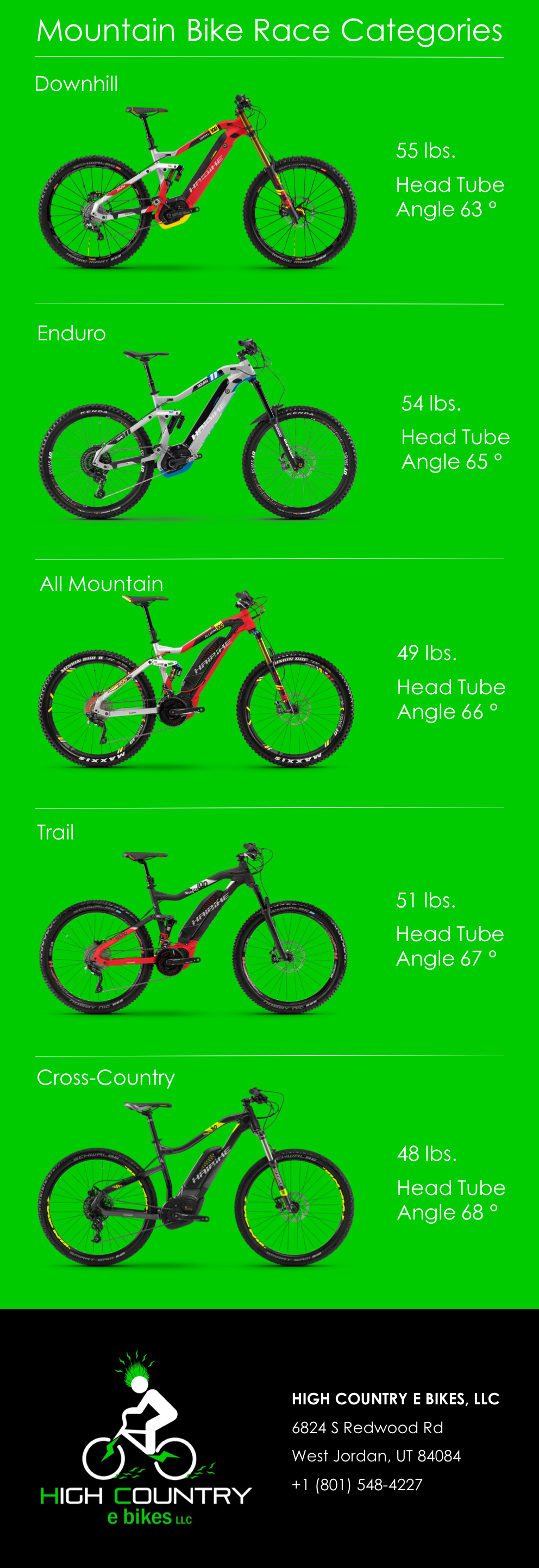Before you get on your e-bike and hit the streets, it's crucial to understand the legislations and guidelines that regulate your city. From rate restrictions to assigned riding locations, there's a lot to think about to guarantee you're compliant and safe. By familiarizing yourself with the guidelines details to e-bikes, you'll be much better outfitted to appreciate your adventures without any unanticipated lawful issues. Remain tuned to uncover essential insights that will certainly aid you browse the e-bike landscape in your city effortlessly.
Recognizing E-Bike Classification
When it involves navigating the world of e-bike regulations and regulations, a crucial starting factor is recognizing the classification system that classifies these electrical bikes. E-bikes are generally identified into 3 primary groups: Course 1, Class 2, and Course 3.
Course 1 e-bikes are pedal-assist only, suggesting they give aid while the cyclist is pedaling and have a maximum speed of 20 miles per hour. These bikes are admitted locations where typical bikes are permitted.
Course 2 e-bikes are outfitted with a throttle that can propel the bike without pedaling. They additionally have a maximum speed of 20 mph and are suitable for bikers that may need support without pedaling constantly.
Course 3 e-bikes resemble Class 1 but with a greater maximum speed of 28 mph. These bikes are frequently limited from specific bike courses or trails as a result of their higher speeds.
Understanding these categories is crucial for complying with regional guidelines and making sure a safe and enjoyable e-biking experience.
Browsing Rate Limitations and Constraints
To effectively navigate e-bike laws and policies, it's vital to comprehend the speed limitations and constraints that put on different classes of electric bicycles.
discover here for e-bikes vary relying on the classification of the bike. Recommended Internet page -bikes, which are pedal-assist just and have a maximum speed of 20 mph, are commonly allowed on bike lanes and paths.
Class 2 e-bikes, which have a throttle in addition to pedal-assist and additionally reach speeds of approximately 20 miles per hour, might be restricted in certain locations where motorized vehicles aren't permitted.
Course 3 e-bikes, with pedal-assist approximately 28 miles per hour, are typically needed to comply with the same rules as standard bikes.
It is essential to comply with these rate restrictions and limitations to ensure your security and the safety and security of others when traveling. Before riding your e-bike, familiarize on your own with the certain policies in your city to prevent any kind of potential penalties or legal problems.
Where to Ride Your E-Bike
To determine where you can ride your e-bike, it's important to be aware of the guidelines and standards details to your area. In the majority of locations, e-bikes are generally enabled on roads and roads where typical bikes are allowed. This may include bike lanes, bike courses, and shared roadways. Nevertheless, it's critical to examine local legislations as some cities may have details restrictions on where e-bikes can be ridden.
When riding your e-bike, always focus on security by following website traffic policies and appreciating pedestrian walkways. In addition, bear in mind any kind of assigned bike lanes or courses in your location and utilize them whenever possible to make sure a smoother and much safer trip.
Some cities additionally have regulations concerning e-bike usage on sidewalks, so ensure to acquaint yourself with these rules to stay clear of any kind of penalties or charges.
Final thought
Since you recognize with the laws and policies bordering e-bikes in your city, you can confidently hit the trail knowing where you can ride and what limitations apply to your e-bike classification. Bear in mind to constantly focus on security and adhere to the regulations to ensure a smooth and legal adventure. Delighted riding!
